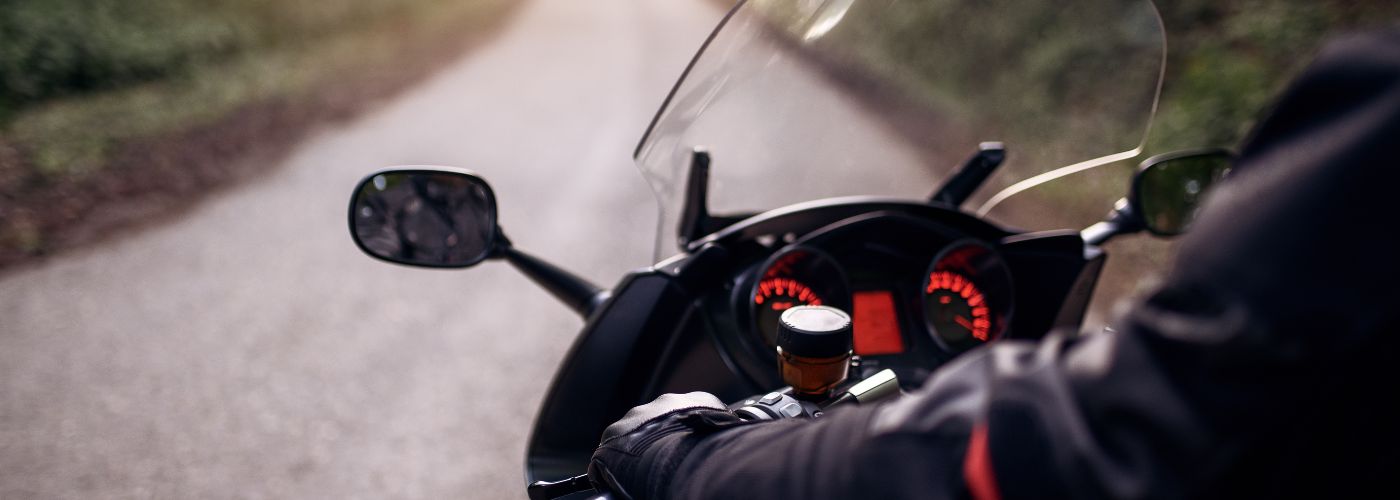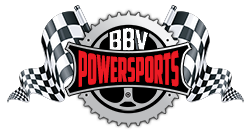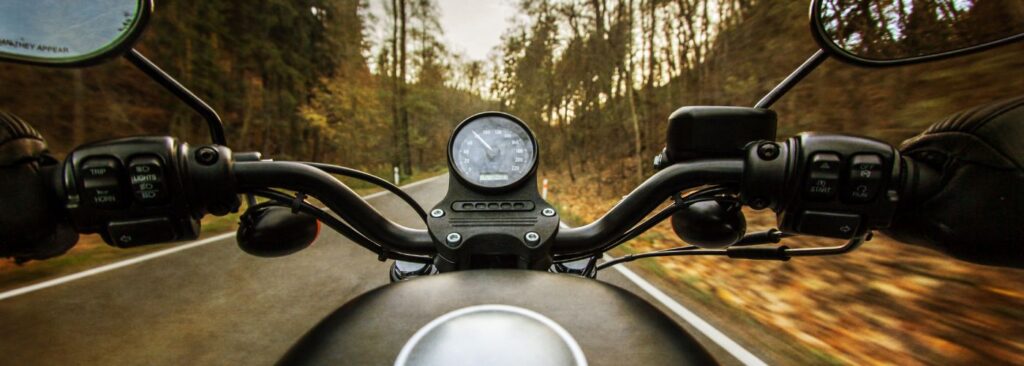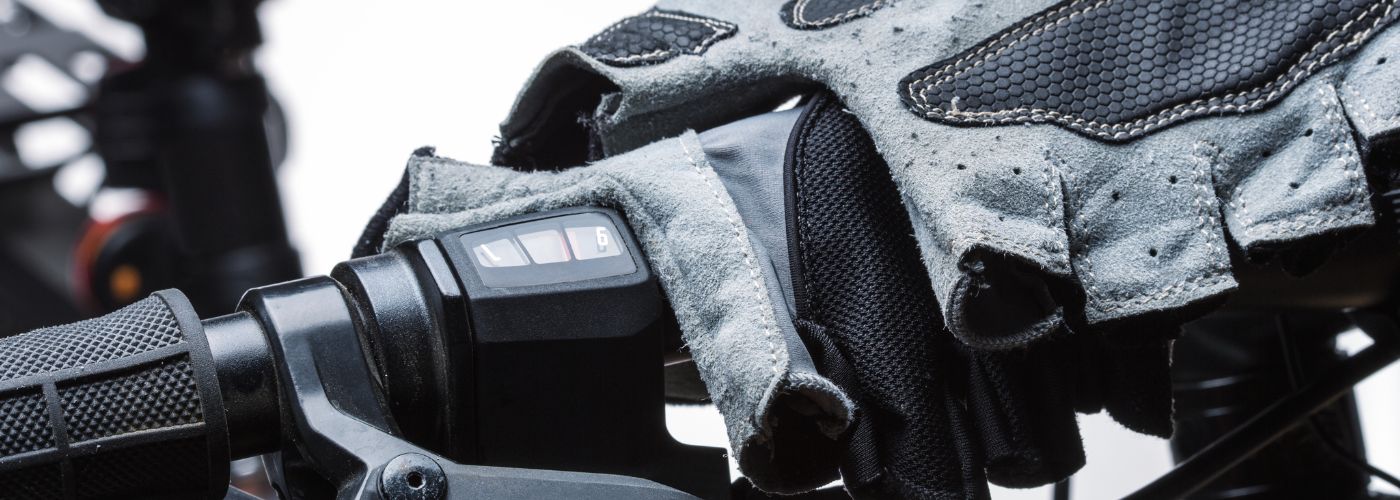If you’re a motorcycle enthusiast or a rider looking to upgrade your bike’s handling and style, you’re probably already familiar with the debate around handlebars. When it comes to getting the most out of your bike, should you stick with traditional handlebars, or are clip-on handlebars the way to go?
Come along as we compare clip-ons to convention options and discuss the best options out there for upgrading your ride!
Different Types Of Motorcycle Handlebars

Before we dive into the clip-on vs. handlebar showdown, let’s first understand the different types of motorcycle handlebars available:
Conventional Handlebars: Also known as “upright” or “standard” handlebars, these are the most common type found on motorcycles, such as the Ducati Scrambler. They are typically higher and provide a more upright riding position, making them suitable for cruising, touring, and daily commuting.
Clip-On Handlebars: Clip-ons, also known as “clubman” or “racing” handlebars, are designed for sportier and more aggressive riding. They attach to the fork tubes and offer a lower and forward-leaning riding position. This setup is often preferred by riders who want precise control and aerodynamics, commonly seen on sport and supersport motorcycles.
Drag Bars: These handlebars are characterized by their low, straight design. They are usually seen on cruiser-style motorcycles, giving the rider a laid-back and stretched-out riding posture.
T-Bars and Ape Hangers: T-bars have a “T” shape, and ape hangers rise high above the rider’s head. Both are popular on chopper-style motorcycles, with ape hangers providing the most distinctive and relaxed riding position.
Clip Ons VS Handlebars
Now, let’s get to the heart of the matter: Are clip-on handlebars better than conventional ones?
The choice between clip-ons and handlebars depends on your riding style. If you prefer a more aggressive and aerodynamic posture, clip-ons are the way to go. They provide better control when leaning into corners at high speeds. On the other hand, conventional handlebars are great for a relaxed, upright riding position, ideal for cruising or touring.
Clip-ons offer precise handling and control due to their lower positioning, making them perfect for track days or spirited rides on twisty roads. However, conventional handlebars provide a more natural and comfortable grip for long-distance journeys. Remember to choose your handlebars in conjunction with other components on your bike, like your seat or your brakes.
Comfort is subjective and varies from rider to rider. Clip-ons may strain your wrists and back during extended rides due to the forward-leaning position, while conventional handlebars offer a more relaxed posture. Your physical condition and personal preferences will play a significant role in determining which type suits you better.
Clip-on handlebars give your motorcycle a sporty and aggressive look. They are often associated with high-performance bikes. Conventional handlebars, on the other hand, are more versatile in terms of styling options, making them a better fit for various motorcycle styles.
Best Clip On Handlebars
If you’ve decided that clip-on handlebars are the right choice for you, here are some of the best options available:
Woodcraft 3-Piece Clip-Ons: Known for their high-quality construction and adjustability, Woodcraft clip-ons are a popular choice among sportbike enthusiasts. They offer various angle and length options to customize your riding position.
Renthal Clip-Ons: Renthal is a trusted brand in the world of motorcycle accessories. Their clip-ons are designed for both performance and durability, making them a great choice for riders seeking a balance between racing and everyday use.
Vortex V3 Clip-Ons: Vortex V3 clip-ons are favored by riders looking for affordability without compromising on quality. They provide excellent control and are easy to install.
How To Change Motorcycle Handlebars
If you’ve decided to make the switch to clip-on handlebars or simply want to replace your existing ones, here’s a basic guide on how to change motorcycle handlebars:
You’ll need a set of wrenches, screwdrivers, pliers, and a torque wrench. Make sure you have the correct size for your specific motorcycle model!
Start by disconnecting the clutch, brake, and throttle cables from the old handlebars. Carefully label each cable to ensure proper reinstallation. Next, slide off the handlebar grips and remove the controls (e.g., brake and clutch levers, switches) from the old handlebars.
Use your wrenches to loosen and remove the mounting hardware holding the old handlebars in place. Carefully slide the new clip-on handlebars onto the fork tubes and align them according to your desired riding position.
Securely fasten the controls and grips onto the new handlebars, making sure they are properly aligned and tightened. Then, reconnect the clutch, brake, and throttle cables, following the labels you placed earlier.
Before hitting the road, double-check that all the components are properly installed, and the handlebars are securely in place.
Changing motorcycle handlebars is a significant modification that can greatly impact your riding experience. If you’re uncertain about the process, it can be helpful to seek help from the service department of your local motorcycle shop!
Ultimately, the choice between clip-on handlebars and conventional handlebars depends on your riding style, preferences, and the type of motorcycle you own. Both have their advantages and are designed for specific purposes. Whichever you choose, make sure it suits your needs and enhances your riding experience!



Tips For Off-Road Etiquette For Safe Riding
Have you ever felt the thrill of conquering rugged terrain, only to realize you’ve disrupted someone else’s experience? Off-road riding can be exhilarating, but
Jul
What’s Better: Motorcycle Airbag Vests vs Airbag Jackets
Have you ever wondered what could make a difference between a minor fall and a serious injury while riding? Motorcycle airbag vests and jackets
Jun
How Summer Heat Affects Motorcycle Tires
Most riders don’t think about their tires until something goes wrong, but summer heat can be a silent enemy. As temperatures soar, so do
May